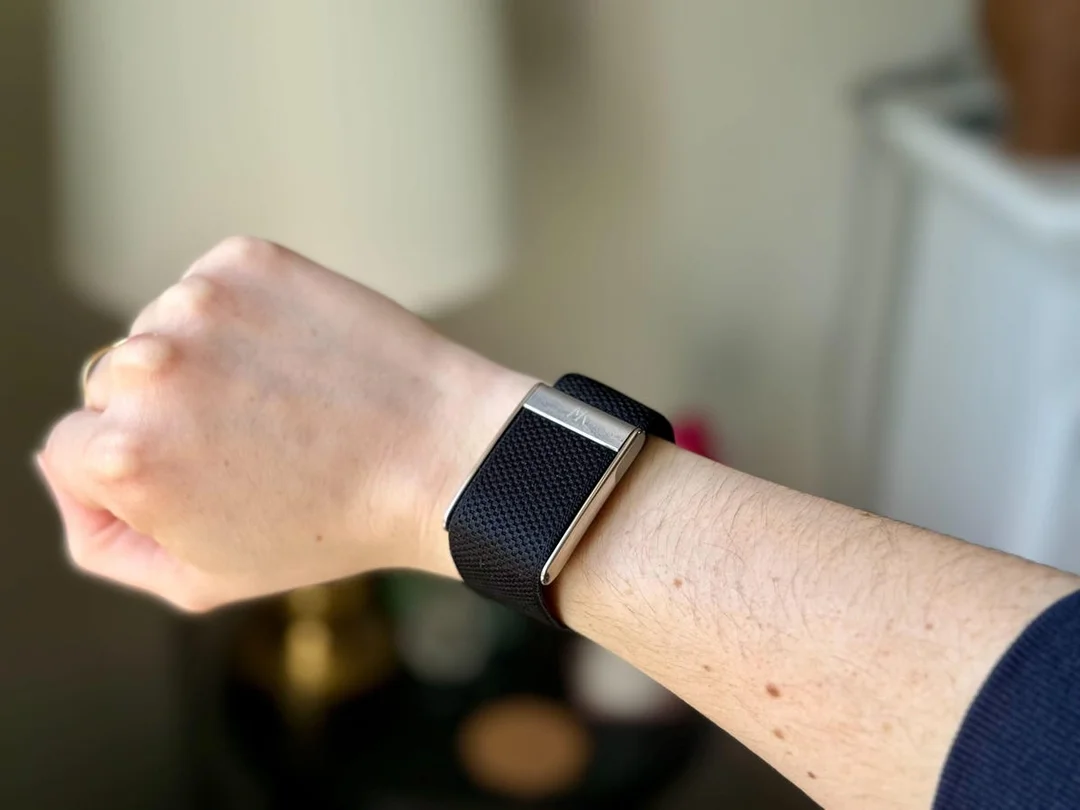
Whoop 5.0: A Slimmer, Smarter Fitness Tracker Aims for the Mainstream with Blood Pressure & EKG Features
Whoop is making a play for the masses with its latest fitness tracker, the Whoop 5.0 and the medical-grade Whoop MG. Announced today, this new generation boasts a smaller design, longer battery life, and the introduction of features like blood pressure monitoring and EKG capabilities that were previously absent. Is this enough to take on the competition from smart rings and smartwatches?
When reviewing the Whoop 4.0, it was clear that its hyper-performance focus and steep $30 monthly subscription made it a niche product for serious athletes. Now, Whoop seems to have listened to feedback, aiming for broader appeal with a revamped product and pricing strategy.
The new hardware sees two variants: the standard Whoop 5.0 and the Whoop MG. Both are 7% smaller than the 4.0. Whoop claims a huge leap in power efficiency, promising up to 14 days of battery life. A new wireless charging pack extends this by another 30 days. Processing speed is purportedly 60% faster. The key difference lies in the MG's EKG capabilities, a first for Whoop.
Beyond the core tracker, Whoop is also introducing new straps and Whoop Body clothing options. This is meant to allow you to slot the tracker into specially sewn pockets that will allow one to wear Whoop to other occasions, including formal events where a sporty tracker might not fit the dress code. On the other hand, Whoop 4.0 straps are not interchangeable, though Whoop said in a press briefing that there will be an upcycling kit option for folks who upgrade.
The software receives a substantial overhaul, highlighted by a cleaner design and several new health features including a new Healthspan metric, FDA-cleared EKGs, blood pressure insights, hormonal insights for women, and the beta program Whoop Advanced Labs.
Healthspan takes nine metrics to show how well users are aging physiologically compared to their chronological age. Aside from giving users a “Whoop Age” to represent this, the app will also offer tips on how daily habits impact the score. It’s a similar thought process behind blood pressure insights, which will require calibration with a cuff to get estimated readings and guidance. This is similar to recent metrics we’ve seen from Oura and Samsung, though those were specific to cardiovascular and metabolic health, respectively. Hormonal insights for women takes cycle tracking a step further, giving guidance regarding how hormones may influence recovery, sleep, stress, and performance during menstruation, pregnancy, or perimenopause. The EKG feature is relatively straightforward, it’s just a first from Whoop.
Whoop Advanced Labs, expected later, will allow users to schedule blood tests reviewed by clinicians, with results integrated into the app. This will, however, incur an additional cost.
Whoop is also revamping its subscription model. Instead of focusing on family memberships and long-term commitments, they're dividing subscription tiers based on price and feature sets. The entry-level Whoop One tier costs $199 annually (Whoop 5.0 hardware is included), while the mid-tier Whoop Peak is $239 annually. This includes the Healthspan metric, stress tracking, wireless charger. The premium Whoop Life subscription is $359 a year, adding EKGs and blood pressure insights, and comes with the Whoop MG hardware.

The move towards wider appeal and improved value is crucial for Whoop, facing increasing competition from smart rings for sleep tracking and smartwatches that offer broader functionality. The question remains: will this new approach – blending features, hardware, and subscriptions – be the right formula to attract a broader audience?
The Whoop 5.0 and Whoop MG, including memberships and accessories, are available online now.
What do you think of Whoop's new direction? Is it enough to make you ditch your smartwatch or current fitness tracker? Share your thoughts in the comments below!